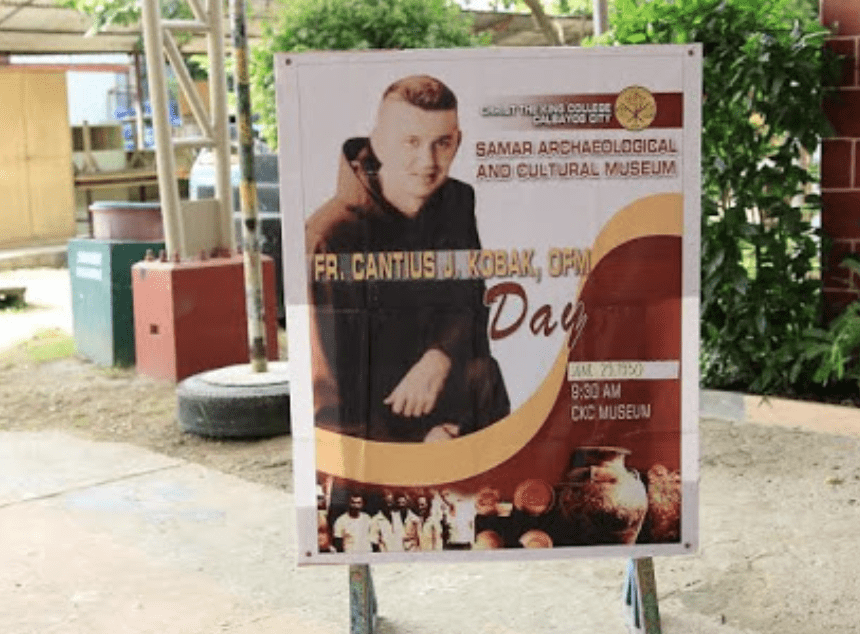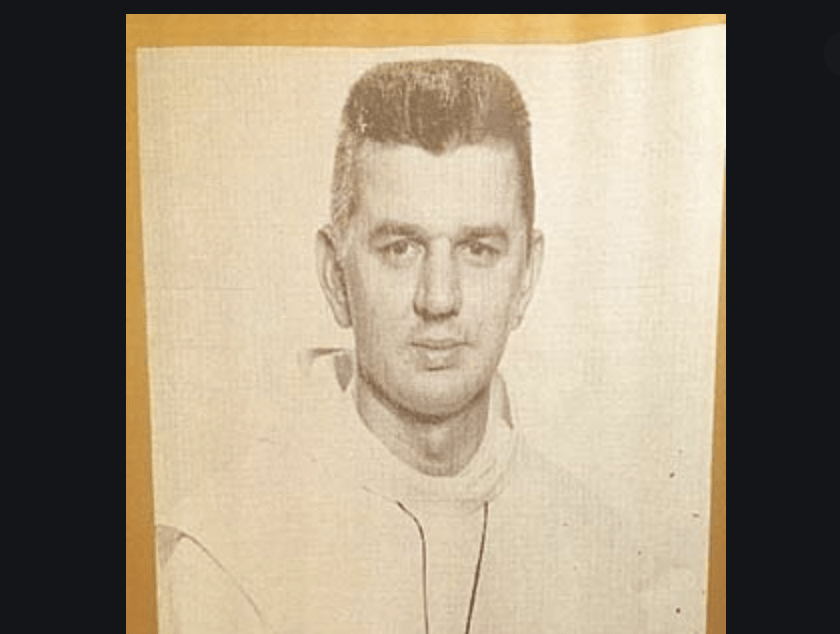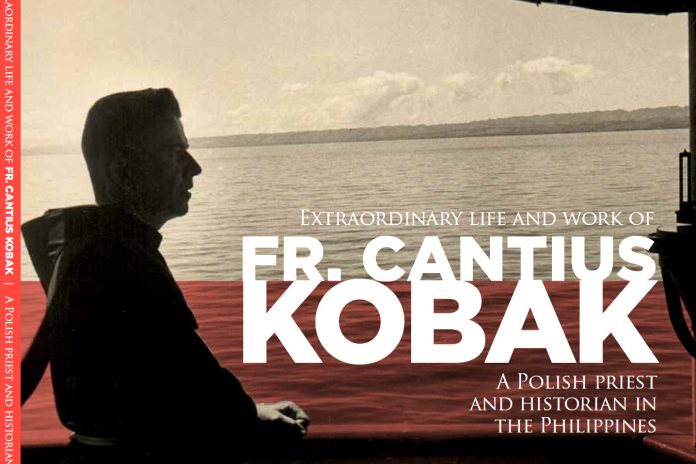I was having my 15-minute break one morning in 2007 when I got to hold and read for the first time the archaeological expedition of Father Cantius J. Kobak, OFM, on the Island of Samar.
To be honest, I did not know who he was and what were his contributions except that his name was a familiar one because of the book the late “Historian of Samar” co-authored with my former university professor, who gifted me the book in January of the same year.
Looking back to that moment, I did not know that that 15-minute office break will forever change me and will have a great impact on my life and my present work.
When I read his 1960s archaeological expedition, I can describe it as if I was with him during his travels on the whole Island of Samar. That’s how great Father Kobak was as a writer. He would bring you to places where he went to.
Because I loved what I was reading at that time, I decided to look for the other copies of his writings in different storage rooms of Christ the King College as well as in the bookshelves and storage room of the College main library.
I cannot explain why I was gathering then the bound-volumes of his writings including old photos that he took when he was still a missionary priest and teacher of CKC from 1959-1970.
For the photos, I started framing them using recycled picture frames, and there, in the Research Office, I would set up a small exhibit area dedicated to this great Polish man.

When I met history professors from Cebu, who happened to be visiting CKC in Calbayog City, one of them was the son of my former university professor, they were planning to see the CKC Museum, which at the time of their visit was closed.
It was from them that I learned that CKC has a museum. In the next three years, it became personal advocacy to campaign for the reopening of the CKC Museum to the general public, which happened only in 2010.
My involvement as part of the research team in the 2008 coffee table book of the city of Calbayog, and being the proponent, and part of the deliberation, when the Sangguniang Panlungsod of Calbayog City was deciding for Father Kobak’s declaration as “Adopted Son of Calbayog and Honorary Samarnon,” slowly helped me realize who he was and how giant he was when it comes to the preservation of Samar’s as well as the Bisayan’s history and culture.
From 2010 to the present, with all the stories connected to this Polish priest and historian I have received and listened from his former students and those who knew him, I can only say that Father Kobak lived a saintly life.
Before 2010, a “balikbayan” shared to me that she was able to see the room of Father Kobak in the United States. Father Kobak would only have two decorations inside his room: the Crucifix/his Mission Cross, and the Map of Samar Island, the Philippines.
This led me to ask the balikbayan, “Why would Father Kobak do this when he already returned to the United States in 1988?” This question was answered well as I got involved working for his museum since the reopening in 2010 and up to this day.
Through the years, Father Kobak let me realize one thing, that is, to love and serve our place.

He was born in Poland in the year 1930, migrated to the United States in 1937 where he was raised, grew up, and there he finished all his studies until he became a priest in 1957.
In 1959, he arrived in the Philippines as a missionary priest for the next 30 years of his life. He was assigned in Samar, Bicol, Manila, Quezon City, and Forbes Park in Makati.
He collaborated with Dominican Fathers, the late Lucio Gutierrez and Pablo Fernandez ,in publishing the 17th-century works of Father Francisco Ignacio Alcina’s “Historia de las islas e indios de Bisayas,” translating voluminous works to English.
After 332 years, Father Alcina’s grand contribution to Philippine history and culture finally saw its light when Volume I was published in 2000.
The “History of the Bisayan People in the Philippine Islands” (1668) is still today the most complete and extensive ethnographic account of any regional group in the Philippines, thanks to the magnanimous efforts and missionary zeal of Father Kobak.
Father Kobak left us a beautiful legacy. It is up to us now to continue what he has started. May his memory live on.
Carl Jamie Simple S. Bordeos is curator of the Samar Archaeological Museum and Director of the Cantius Kobak Research Center. He is the author of the new book titled “Extraordinary Life and Work of Fr. Cantius Kobak: A Polish Priest and Historian in the Philippines” that was launched on Nov. 27.









